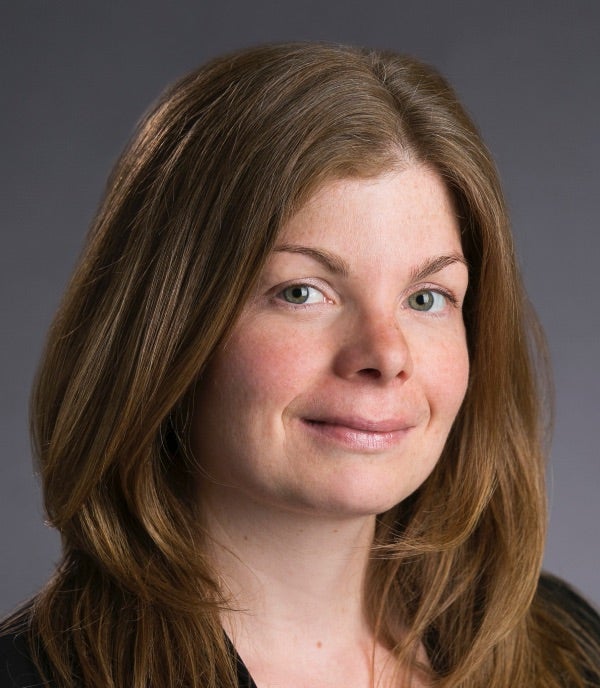Commentary: minors and the post-Roe world
A major problem for minors: post-Roe access to abortion

In the publication STAT, Julie Maslowsky, PhD, associate professor of community health sciences and faculty with SPH’s Center of Excellence in Maternal and Child Health, describes the healthcare barriers teens who are pregnant face following the Supreme Court’s reversal of Roe v. Wade. Maslowsky notes that teens already face significant challenges to accessing contraceptives and sexual health education. An excerpt of the commentary is below.
Now that the Supreme Court has overturned constitutional protection to abortion access, more than two dozen states will ban or severely restrict abortion access. Young people, especially those under age 18, will be disproportionally affected by this decision.
The existing barriers to legal access to abortion, already insurmountable for many people, serve as a preview of what to expect and the inequities that will further be exacerbated. In Indiana, for example, consent for a minor to have an abortion requires a notarized parental consent form to be completed; in-person, state-directed counseling; an ultrasound; and an 18-hour waiting period.
Given teens also face greater barriers to preventing pregnancy in the first place, including barriers to accessing contraception and limited access to comprehensive sexual health education, the door is closed for them at every turn.
Teens under age 20 make up 12% of individuals who have abortions nationally; minors, age 17 or younger, account for about 4% of all abortions in the U.S. This means at least 50,000 adolescents need abortion care each year in the United States. Further, teen pregnancies are more likely to be unintended and end in abortion than pregnancies among older individuals. This means teens will be disproportionately impacted by this legal decision.
Read the full commentary
Disclaimer text
This statement should not be taken as an official position of the University of Illinois Chicago.